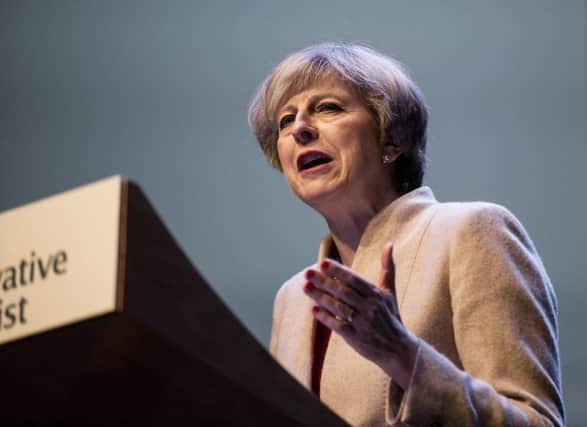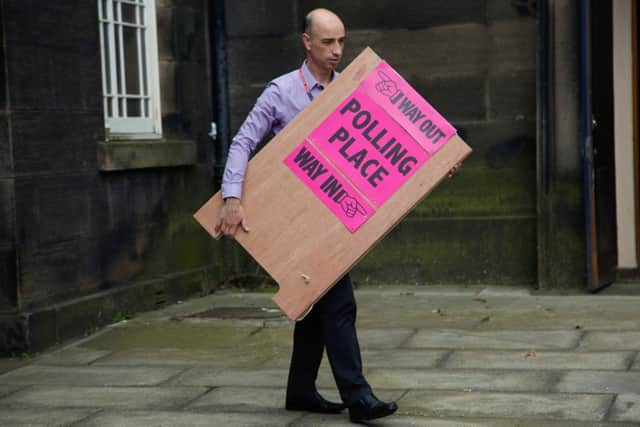Scottish council election turnout could rise thanks to indyref2


The prime minister’s comments last month were further proof that local issues are in danger of being swept aside ahead of the ballot on Thursday, May 4 to elect Scotland’s 32 local authorities.
Rather than schools and public services, Brexit and the prospect of indyref2 remain the big talking points on doorsteps. The question parties are now asking is whether this will lead to brisker business at polling booths.
Advertisement
Hide AdAdvertisement
Hide AdVoter turnout at council elections is historically low. The last poll in 2012 saw a national turnout of just 39.1 per cent.


From 1999-2007, local authority and Holyrood votes were held on the same day. But the higher than average number of spoiled ballot papers saw the two separated.
“It is not at all surprising that the decoupling of the two sets of elections resulted in sharply decreased turnout between 2007 and 2012,” a report from the Electoral Commission found.
“However, turnout in 2012 was also five per cent lower than in the first set of elections to these councils in 1995, and indeed was the lowest in Scottish local elections since the wholesale restructuring of local government in 1974.”
In 2012, turnout only rose above 50 per cent in the three island council areas of Shetland, Orkney and Comhairle nan Eilean Siar.


In Glasgow, turnout across the city was just 32.4 per cent – the lowest in the country.
At ward level, turnout failed to reach 30 per cent in ten areas – six in Glasgow, three in Aberdeen and one in Dundee.
“While the political context can impact upon turnout, for example in the case of major issues or very tightly fought elections, relative levels of turnout are strongly related to contextual variables, such as the socioeconomic composition of the areas concerned, with higher turnout in areas with higher socioeconomic composition and vice versa,” the report added.
Advertisement
Hide AdAdvertisement
Hide AdAndrew Burns, Labour leader of Edinburgh council, told The Scotsman he expects to see a slight increase in turnout in the city come May.
“The 2012 elections where the first stand-alone council elections since 1995, and they saw a 43 per cent turnout in Edinburgh, which was only a one per cent drop from nearly two decades earlier,” he said.
“This year, all 16 and 17 year-olds can vote for the first time in a stand-alone council election and I anticipate we’ll thus see a slightly increased turnout compared to the last 2012 vote.”
But there remains concern that local priorities may not receive the attention they deserve come polling day.
Sally Loudon, chief executive of COSLA, which represents the interests of 28 out of 32 local authorities, said: “Other elections and, particularly, recent referendums tend to grab the headlines, but voting in these upcoming local government elections is just as important, if not more so.
“Councils play a key role in driving local economic growth and investment in business support, skills and regeneration.
“All of this, and more, is being done in a context of ever reducing funding and, therefore, the need for tough decisions on priorities.
“May 4 is the public’s opportunity to vote for the people who will take those tough decisions that affect everyone around them every day.
“Councils are the tier of government closest to the people and councillors are key to the voices of those people being heard.”